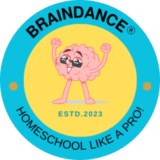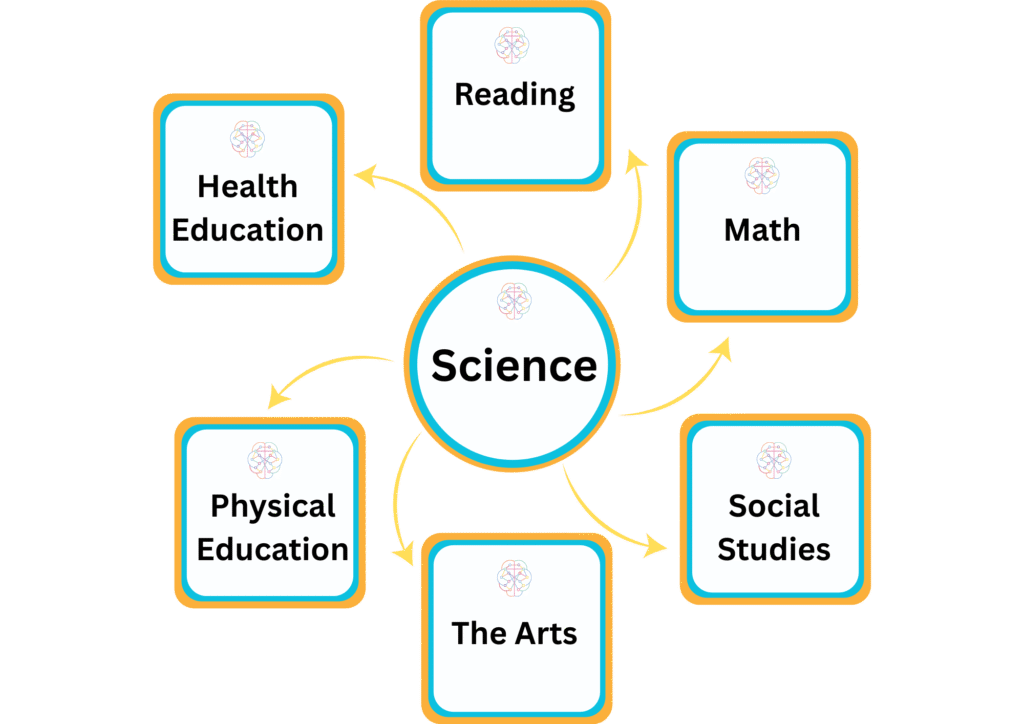🎯 Introduction: Heard of STEM? Here’s What You’re Missing
If you’re new to homeschooling or unschooling, chances are you’ve heard of STEM—science, technology, engineering, and math. But what about STEAM? And what is STEAM integration?
The “A” stands for Arts, and it’s the missing puzzle piece that turns technical learning into something creative, personal, and holistic. In this post, we’ll break down what authentic STEAM integration looks like, why it matters, and how it unlocks learning opportunities that traditional schools often miss.
🔎 From STEM to STEAM: Why the “A” in Arts Changes Everything
STEM education gained momentum in the early 2000s to equip students with skills for a fast-changing world. But something crucial was left out: creativity.
In 2006, educator Georgette Yakman introduced the “A” for Arts, turning STEM into STEAM—and transforming how children learn.
🎨 What the Arts Add to Learning:
Music, drama, and dance teach expression and storytelling
Visual art and design help kids model abstract concepts
Creative thinking becomes central—not just an afterthought
With STEAM, your child learns to analyze and innovate, building both technical and creative confidence.
💡 What Is STEAM Integration?
STEAM integration isn’t just “doing art after science.” It’s a blended learning approach where science, technology, engineering, arts, and math are woven together to deepen understanding.
✅ Examples of Authentic STEAM at Home:
Build a musical instrument to study sound and vibration
Use movement to act out weather patterns or animal behavior
Write and perform a short play about scientific discoveries
Create digital art that illustrates math patterns or cycles
Design a prototype using recyclable materials
STEAM makes learning dynamic, personalized, and connected—perfect for homeschooling and unschooling environments.
🌎 Why Go Beyond Core Subjects?
STEAM isn’t just about academics. It’s about nurturing the whole child—mind, body, and spirit. That means integrating:
🧭 Social Studies
Connect science to history and culture
Example: Studying animal habitats + Indigenous geography + conservation
🧘 Health & Wellness
Explore the science of the body, nutrition, and movement
Example: Cook together, track heart rate, explore digestion
🎭 The Arts
Foster creativity through music, design, drama, and visual expression
Example: Create storyboards, make costumes, or design a science-themed comic
🏃 Physical Education (P.E.)
Use movement to learn—act out life cycles or invent cooperative games
Supports kinesthetic learners and boosts brain development
🏡 Why STEAM Integration Works So Well at Home
In public school, true STEAM is often hard to achieve. Rigid schedules, testing, and limited resources get in the way.
But at home, you have something powerful: freedom.
🔓 At Home, You Can:
Follow your child’s natural interests
Blend subjects fluidly (not one at a time)
Adapt for different ages, abilities, and learning styles
Learn through cooking, building, storytelling, outdoor play
Turn life into learning—without worksheets
STEAM doesn’t require fancy kits. It just takes curiosity and connection.
📘 How My Books Make STEAM Integration Easy for Homeschooling Families
Each unit in my Unschooling for Grades K–5 series is built around a Big Idea—like weather, ecosystems, or sound—and integrates:
🎨 Creative activities across multiple intelligences
📖 Reading, writing, and discussion prompts
🧠 Movement games and health tie-ins
🎵 Suggestions for music, drama, and visual arts
📸 Portfolio documentation tips (photos, drawings, journals)
Every activity can be adapted for your child’s interests, level, and style.
🚀 Getting Started: Easy STEAM Integration Ideas for Beginners
Here’s how to dive into STEAM learning at home—without overwhelm:
💬 Step-by-Step:
Start with what your child loves—animals, stories, building, music.
Pick a “Big Idea” like weather, habitats, or inventions.
Explore it through:
Science observations
Math graphs
Art projects
Movement or roleplay
Document it with:
Drawings
Photos
Short videos
Nature journals
📝 Tip: You don’t need to hit every subject daily—just make connections and follow your child’s excitement.
🧠 Final Thoughts: STEAM Is Learning That Sticks
STEAM integration isn’t just an education trend. It’s a powerful way to spark lifelong curiosity, develop critical thinking, and make learning joyful again.
By blending science with art, history, health, and movement, you create a rich, real-world education that builds skills far beyond the classroom.
📚 Want More?
Explore my Amazon Author Page to find ready-to-use STEAM units designed for homeschooling and unschooling families—complete with activities, lesson ideas, and documentation tools.

